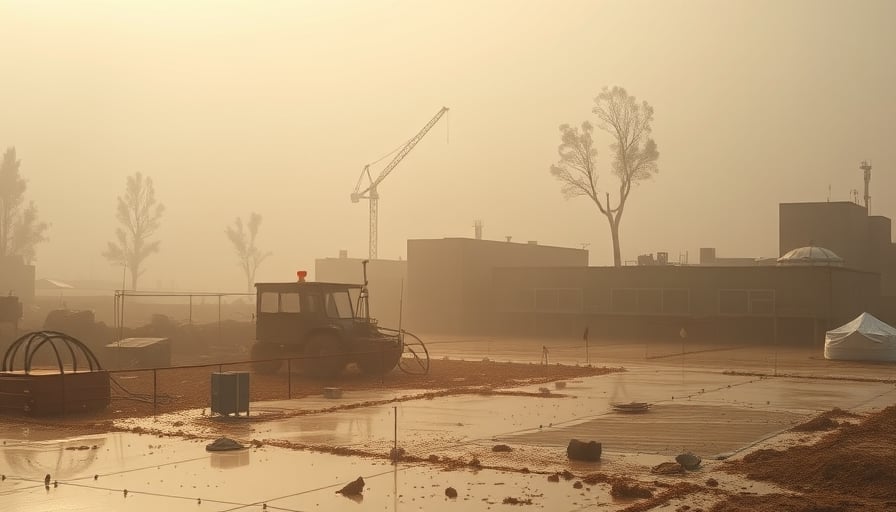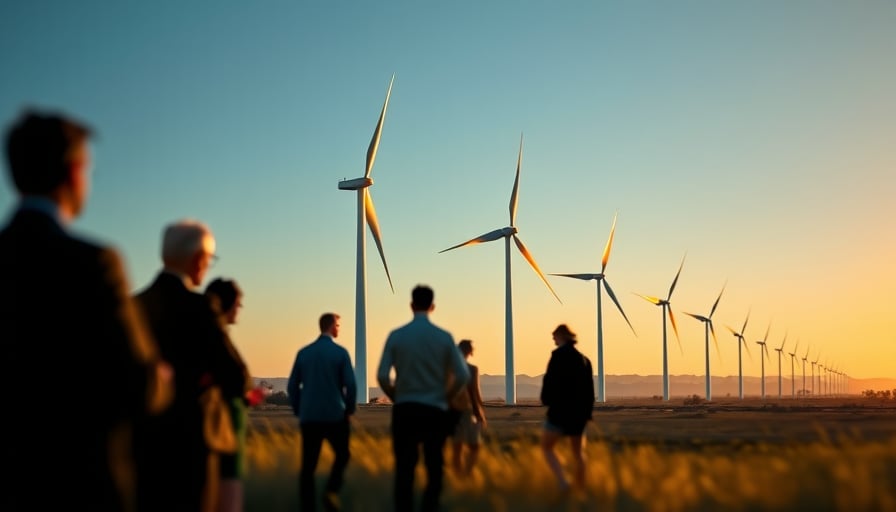Corporate News
Veolia Environnement SA, the French multi‑utility conglomerate listed on both the NYSE and Euronext Paris, has disclosed a strategic expansion of its hazardous‑waste business through the acquisition of the U.S. company Clean Earth. The transaction, valued at approximately US $3 billion, is poised to double Veolia’s footprint in the United States hazardous‑waste market, adding around 700 operating permits and positioning the group as the second‑largest player in that sector.
Transaction Structure and Immediate Impact
- Purchase Price and Financing: The deal will be financed through a combination of debt and equity, with Veolia earmarking up to $1.2 billion of new debt and raising $600 million of equity to support the transaction. The remaining $1.2 billion will be covered by existing cash balances and a syndicate of bank lenders.
- Synergy Targets: Management forecasts $350 million of cost synergies over the next three years, primarily from streamlined procurement, shared compliance infrastructure, and consolidated logistics. Revenue synergies are projected at $150 million, driven by cross‑selling ancillary environmental services to Clean Earth’s existing client base.
- EBITDA Margin Enhancement: The acquisition is expected to lift Veolia’s hazardous‑waste EBITDA margin from 12.5 % to 14.3 % by 2026, after accounting for one‑time integration costs.
Regulatory Landscape and Compliance Risks
The hazardous‑waste sector in the United States is heavily regulated at both federal and state levels. Key regulatory frameworks include:
- Resource Conservation and Recovery Act (RCRA) – Governs the generation, transportation, and disposal of hazardous waste. The addition of 700 permits necessitates rigorous compliance with RCRA’s Title 40, Part 264 and 265 standards.
- State‑Level Permitting – Several states, notably California, Texas, and New York, impose stricter permitting requirements and monitoring regimes. Veolia must ensure that Clean Earth’s permits meet these standards to avoid costly fines and operational disruptions.
- Environmental Protection Agency (EPA) Enforcement Trends – Recent EPA enforcement data (2023‑2024) show an uptick in penalties for non‑compliance in the hazardous‑waste sector, averaging $2.5 million per incident. A failure to integrate Clean Earth’s compliance protocols could expose Veolia to significant regulatory risk.
Competitive Dynamics
- Market Share: Post‑acquisition, Veolia will command approximately 15 % of the U.S. hazardous‑waste market, up from its current 8 %. The primary competitors—Waste Management Inc., Stericycle, and Covanta—hold combined shares of 70 %.
- Pricing Power: Historical data indicate that firms with >10 % market share can exercise modest pricing leverage, potentially increasing average revenue per ton by 3‑5 %. Veolia’s expanded scale may enable incremental price adjustments in high‑margin service lines such as specialty waste disposal.
- Technology Differentiation: Clean Earth has invested in digital tracking and real‑time compliance dashboards. Integrating these capabilities could position Veolia as a technology‑forward provider, differentiating it from legacy competitors.
Financial Performance and Outlook
| Metric | 2023 (FY) | 2024 (Projected) | 2025 (Projected) |
|---|---|---|---|
| Hazardous‑waste revenue | $3.2 bn | $4.1 bn | $5.0 bn |
| EBITDA | $400 m | $520 m | $650 m |
| EBITDA margin | 12.5 % | 12.7 % | 13.0 % |
| Net debt / EBITDA | 3.5x | 3.3x | 3.0x |
The company’s management has increased its target for hazardous‑waste earnings growth to ≥10 % per year for the 2024‑2027 period, a significant uptick from the previous 7 % target. This aggressive growth objective aligns with Veolia’s broader strategy to diversify into high‑growth environmental services sectors such as retail and healthcare, where the demand for compliant waste management solutions is projected to rise by 8‑10 % annually over the next decade.
Potential Risks
- Integration Risk: The successful merger of Clean Earth’s operations, culture, and technology platforms is critical. Delays or overruns could erode projected synergies.
- Regulatory Non‑Compliance: Failure to meet RCRA or state‑level standards could result in substantial fines and forced remediation, negatively impacting earnings.
- Market Concentration: A concentration in the U.S. hazardous‑waste segment may expose Veolia to sector‑specific downturns, particularly if regulatory tightening or market saturation occurs.
Potential Opportunities
- Cross‑Selling: Leveraging Clean Earth’s client relationships to upsell Veolia’s broader environmental services (water treatment, renewable energy solutions) could unlock additional revenue streams.
- Digital Integration: Deploying Clean Earth’s compliance dashboards across Veolia’s portfolio could improve operational efficiency and provide a competitive edge in data‑driven regulatory reporting.
- Geographic Expansion: The U.S. platform could serve as a launchpad for further acquisitions in Canada and Latin America, where hazardous‑waste regulations are becoming increasingly stringent.
Conclusion
Veolia’s $3 billion acquisition of Clean Earth represents a calculated bet on scale and regulatory mastery in the U.S. hazardous‑waste market. While the transaction offers substantial upside in terms of market share, revenue growth, and EBITDA margin improvement, it also carries significant integration and compliance risks that warrant close monitoring. For investors and industry observers, the deal underscores Veolia’s commitment to expanding its environmental services footprint in high‑growth sectors, yet it also highlights the delicate balance required between aggressive growth and regulatory diligence in a highly regulated industry.




